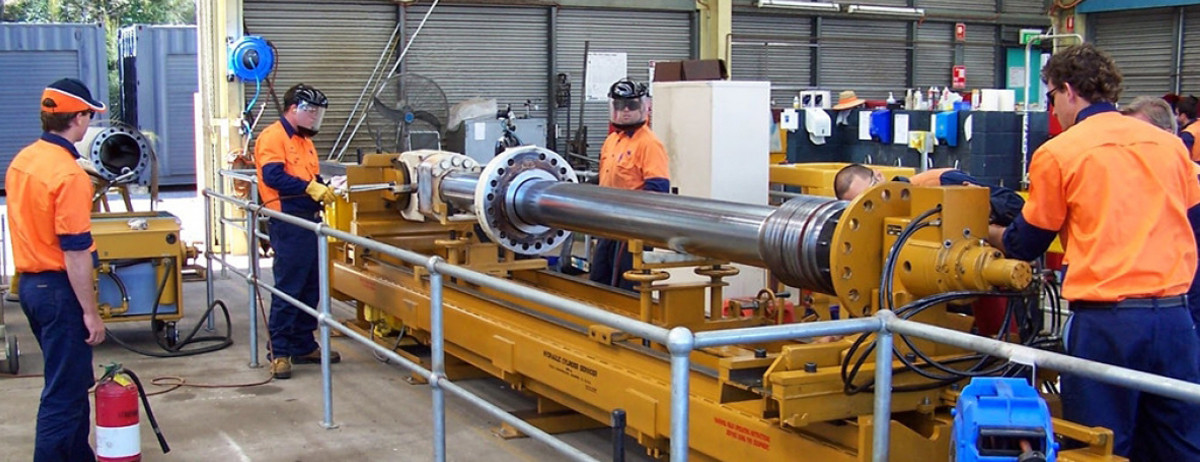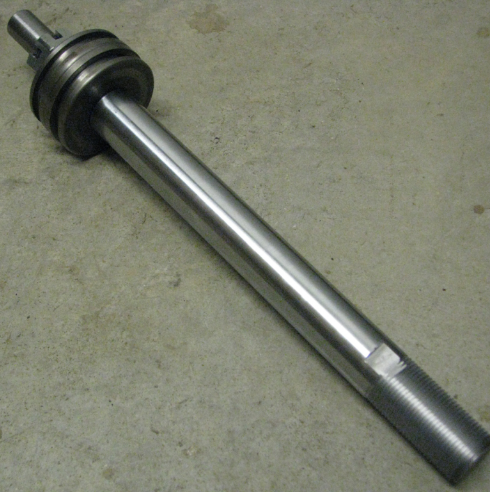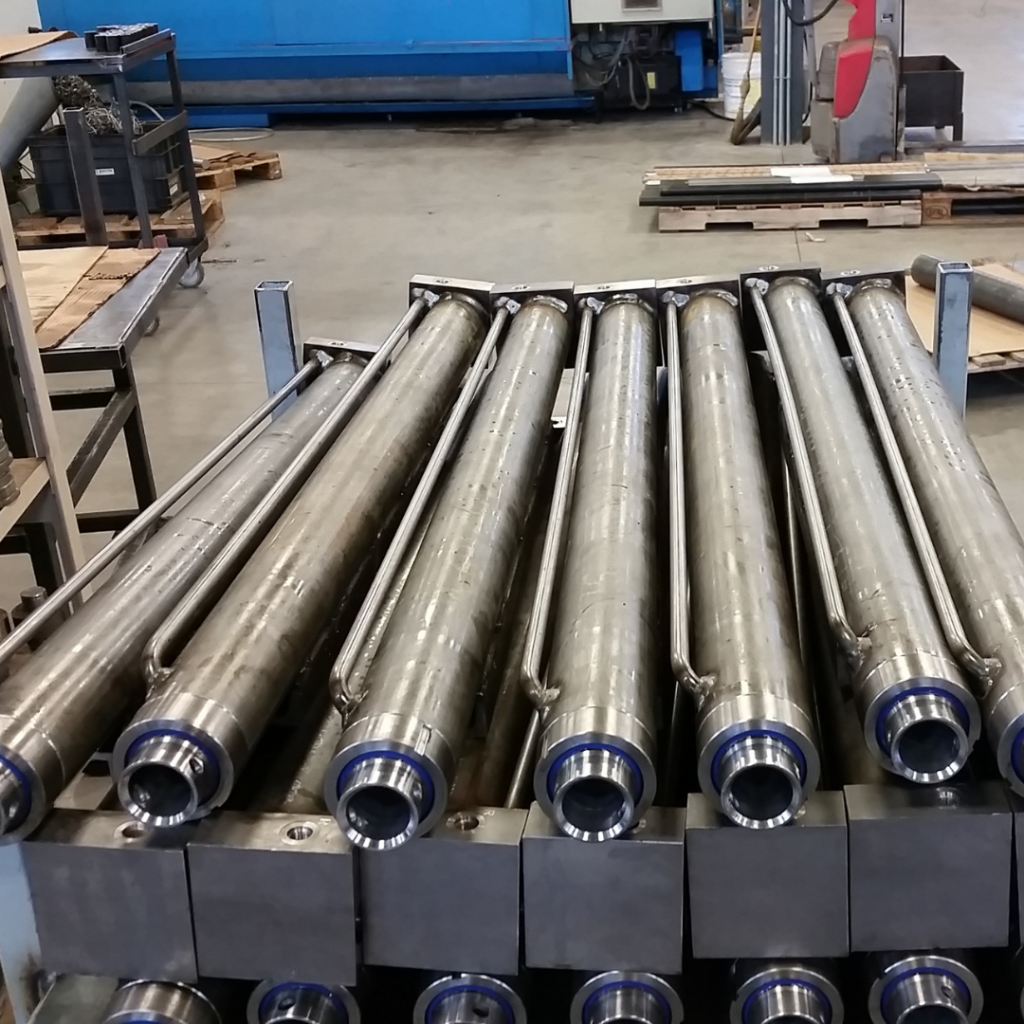
Custom Hydraulics: Tailored Solutions for Every Industry
Hydraulic systems are pivotal in powering machinery, providing the force for countless applications.
From manufacturing and construction to aerospace and agriculture, the seamless functioning of hydraulic systems is the backbone of operational efficiency. However, as industries diversify and face unique challenges, a one-size-fits-all approach to hydraulics becomes increasingly impractical.
This is where the concept of custom hydraulics takes center stage – a tailored solution designed to address the specific needs and challenges of each industry.
In this blog, we delve into the significance of hydraulic systems and explore how custom hydraulics emerges as the key to overcoming industry-specific hurdles, offering precision, efficiency, and unparalleled performance.

The Versatility of Custom Hydraulics
Custom hydraulics stand out for their remarkable versatility, seamlessly adapting to the distinctive requirements of diverse industries. This adaptability ensures that each hydraulic system is finely tuned to the specific challenges presented by different sectors. One compelling example lies in the manufacturing industry, where precision and reliability are paramount. Custom hydraulic solutions empower manufacturers to optimize production processes, enhance automation, and achieve unparalleled accuracy.
Construction
Aerospace
Agricultural
The Art of Hydraulic Design
The creation of custom hydraulic systems is an intricate and artful process that requires a deep understanding of the unique challenges posed by different industries. Hydraulic design goes beyond the mere assembly of components; it is a meticulous craft that involves tailoring every aspect to ensure seamless integration with machinery and, ultimately, optimal performance.
At the heart of hydraulic design lies a thorough analysis of the specific needs of the industry in question. Designers meticulously assess factors such as required force, precision, speed, and environmental conditions. This initial phase serves as the foundation for crafting a solution that not only meets but exceeds the performance expectations.
The selection of components is a critical aspect of hydraulic design. Each valve, pump, and cylinder is carefully chosen based on its compatibility with the intended application. The synergy between these components is finely tuned to achieve the desired functionality, efficiency, and reliability.
Consideration for fluid dynamics and pressure management is paramount. The design must account for variations in pressure, temperature, and flow rates, ensuring that the hydraulic system operates within optimal parameters. This meticulous planning minimizes the risk of malfunctions and contributes to the longevity of the system.
Seamless integration with machinery is a hallmark of effective hydraulic design. Custom solutions are precisely tailored to fit within the existing framework of the equipment, minimizing space requirements and maximizing efficiency. The integration process involves not only physical compatibility but also the alignment of control systems to ensure a harmonious interaction between the hydraulic system and the machinery it powers.
Ultimately, the art of hydraulic design lies in the ability to create a solution that is not only functional but also adaptable to the ever-changing demands of industries. It’s a dynamic process that requires a blend of engineering expertise, creativity, and a deep understanding of the nuanced requirements of each application. In achieving this delicate balance, custom hydraulic systems emerge as true works of art, seamlessly integrating with machinery to deliver unparalleled performance.
Custom Hydraulics Maintenance Tips for Longevity
Ensuring the longevity of custom hydraulics is not just about their initial design but also hinges on a proactive and well-executed maintenance strategy. To extend the lifespan of these intricate systems and minimize unexpected breakdowns, here are some practical tips:
Routine Inspections
Conduct regular visual inspections of the entire hydraulic system. Look for signs of leaks, wear and tear, or any anomalies in components. Early detection can prevent minor issues from escalating.
Fluid Analysis
Regularly analyze hydraulic fluid for contaminants, moisture, and degradation. Clean and high-quality fluid is crucial for optimal performance and the prevention of damage to sensitive components.
Temperature Monitoring
Keep a close eye on the operating temperature of the hydraulic system. Excessive heat can accelerate wear and reduce the efficiency of the components. Ensure that cooling systems are functioning effectively.
Filter Replacement
Follow a strict schedule for replacing filters. Clean filters prevent contaminants from circulating in the system, preserving the integrity of hydraulic fluid and protecting critical components.
Seal Maintenance
Inspect and replace seals as needed. Damaged seals can lead to leaks, compromising the efficiency and reliability of the entire system. Regular maintenance prevents seal-related issues.
Tighten Loose Connections
Check for loose fittings and connections. Vibrations and pressure fluctuations can cause components to loosen over time. Tightening connections ensures the integrity of the hydraulic system.
Lubrication
Adequate lubrication is essential for minimizing friction and wear. Regularly lubricate moving parts to ensure smooth operation and prevent premature deterioration.
Training for Operators
Provide comprehensive training for equipment operators. Educate them on proper usage, potential warning signs, and the importance of reporting any abnormalities promptly. Well-informed operators contribute to proactive maintenance.
Documentation
Maintain thorough records of all maintenance activities, including inspections, repairs, and component replacements. This documentation serves as a valuable reference for future maintenance and troubleshooting.
Professional Servicing
Schedule periodic professional servicing by experts in custom hydraulics. Their expertise can uncover hidden issues, perform in-depth diagnostics, and address potential problems before they escalate.
Custom Hydraulics Conclusion
In conclusion, custom hydraulics offer tailored solutions to industry-specific challenges, providing precision and efficiency. Explored their versatility in manufacturing, construction, aerospace, and agriculture, showcasing adaptability.
Cutting-edge technologies drive innovation, enhancing efficiency and sustainability. Hydraulic design, a meticulous craft, ensures seamless integration and optimal performance. Maintenance tips stress proactive measures for longevity, minimizing unexpected breakdowns.
Encourage readers to explore custom hydraulics for their industry needs, emphasizing transformative potential in manufacturing precision, powering machinery, ensuring safety, and optimizing efficiency. In a rapidly evolving industrial landscape, custom hydraulics emerge as a strategic imperative for enhanced performance and success.



